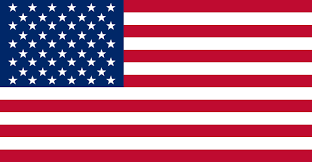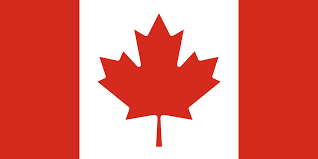Section 321: Duty-Free Shipping to USA for Items Worth $800 or Less
Section 321 was put in place to make it easier for US shoppers to purchase items overseas. Since then, businesses have found ways to take advantage of this.

Section 321 was put in place to make it easier for US shoppers to purchase items overseas. Since then, businesses have found ways to take advantage of this.
Section 321 (also known as de minimis) is a statute that allows duty-free entry of goods into the United States for items valued at $800 or less. With this legislation, goods can enter the country without formal entry (thanks to Type 86) or the ACE eManifest program.
Up till 2016, this limit was only $200. It was pretty good then too but now it’s gold.
In simple terms, consumers purchasing items worth $800 or less from international countries will not have to pay import duties. This is great news for eCommerce shoppers. It’s equally amazing for eCommerce sellers as well.
There are a lot of companies that have been taking advantage of this for years. There are certain categories of products in Canada and Mexico where there are duty exemptions.
Instead of importing products directly to the United States, US companies will hire fulfillment centers in Mexico or Canada. Once the sale is made, the fulfillment centers ship the orders to the customers on behalf of the US sellers. These fulfillment centers are located close to the border so they can ship products to the US quickly.
Since the items are shipping from Mexico or Canada, the tradeoff here is that it usually adds 1 or 2 days in transit time.
Even then, going through this process is extremely beneficial for a lot of companies. Certain product categories have tariff rates of 30%+. If you’re importing $100,000 worth of goods, you’d have to pay $30,000 in import fees alone.. That’s really high. In this instance, you might want to look for a fulfillment center to leverage Section 321.
Asides from the Section 321 benefit, using a fulfillment center in Canada allows for access to the Canadian market as well. If you plan to use a Canadian fulfillment center for Section 321, you may as well take advantage of expanding to the Canadian market as well.
Labor cost is extremely cheap in Mexico. It’s about ⅓ of the cost of labor in the US/Canada. This allows the fulfillment centers to have cheaper operational costs.
There’s 2 drawbacks of using a Mexican fulfillment center.
Based on the IMMEX policy, goods that are imported into Mexico as “temporary goods”, they can’t be sold into Mexico.
Another issue with using Mexico-based fulfillment centers is that there can be a language barrier with certain companies which shouldn’t be an issue if you were using a fulfillment center in Canada. It can be a issue in Canada as well if you’re using a party located in the province of Quebec where they mainly speak French.
The limit is that each recipient can only take advantage of the Section 321 benefit on one transaction per day. If you’re a consumer planning on purchasing multiple items, I recommend you spread them out over the days so you are not in violation. Hypothetically, you could place orders with multiple merchants and get away with it as there’s no formal filing but I do not recommend that.
This rule exists so companies can’t just consolidate their shipments into smaller packages to evade taxes.
If you’re using a carrier to ship items to the US, you don’t need to do anything special. The only thing that’s required is to attach a commercial invoice with your package. Based on the value declared on the commercial invoice, the U.S. Customs and Border Protection (CBP) will know whether to charge duties on it or not.
A commercial invoice is a customs form which provides information about the product coming into the country and the value of the package. It comes in different formats but it look something like this:

You’ve probably seen one of these or smaller versions which are not as detailed.. When purchasing items online, you will notice that these are attached to the package as well. Even if it isn’t, the shipping label will have some reference to the Customs Invoice on it indicating that the details were filed electronically.
The following components are necessary on the Customs Invoice:
Although Section 321 is an amazing tool for eCommerce. There are certain items that are not eligible for the benefit of Section 321.
The following items are restricted and the benefit of Section 321 will not apply to them:


